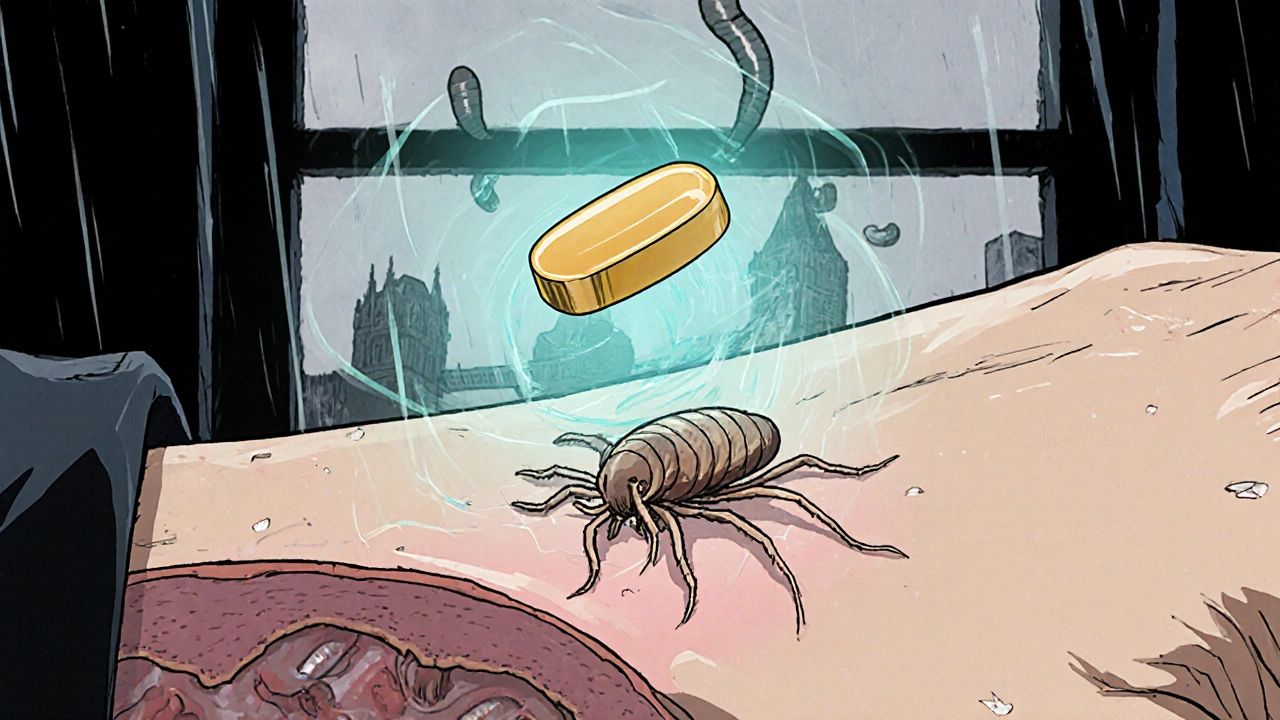Scabies Treatment: What Works and How to Get Relief Fast
When dealing with scabies treatment, a set of medical and home‑care steps to eradicate the mite and ease symptoms. Also known as scabies therapy, it blends prescription meds, hygiene habits, and symptom control. Effective permethrin, the first‑line topical cream, kills the parasite on contact. For severe or crusted cases, oral ivermectin offers systemic action. Both belong to the broader field of antiparasitic medication, which targets a range of skin‑dwelling bugs. Understanding how these drugs work helps you choose the right approach and avoid treatment failure.
Key Steps and Supporting Strategies
Beyond the drugs, dermatology plays a crucial role. A dermatologist can confirm the diagnosis, recommend the proper dosage, and monitor for secondary infections that often follow intense itching. Managing itch is a must—calamine lotion, antihistamines, and cool compresses keep the skin calm while the medication does its job. Cleaning the environment—washing bedding, clothing, and toys in hot water—cuts the chance of re‑infestation. These hygiene measures are not optional; they directly influence the success rate of any scabies treatment plan.
Putting all this together, you’ll find a mix of prescription options, supportive skin care, and strict cleaning routines in our article collection below. Whether you’re looking for a quick rundown of permethrin usage, dosing tips for ivermectin, or everyday tricks to stop the itch, the posts ahead cover each angle in plain language. Dive in to see how each piece of the puzzle fits, and arm yourself with the knowledge to beat scabies for good.
Ivermectin for Skin Parasites: How to Treat Scabies, Larva Migrans & More
Learn how ivermectin treats skin parasites like scabies, larva migrans, demodex and myiasis, with dosing, safety tips, and a comparison table for scabies treatment.
